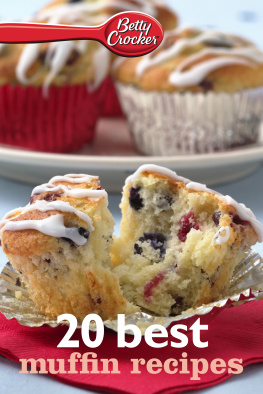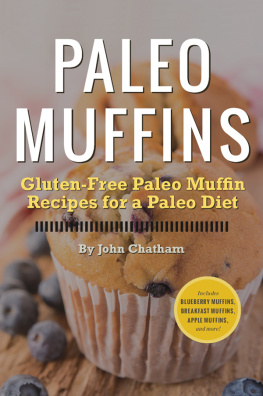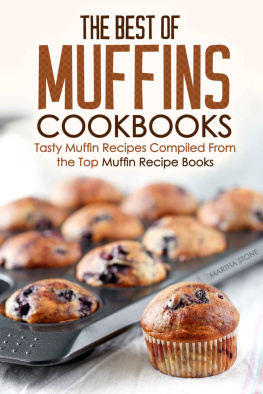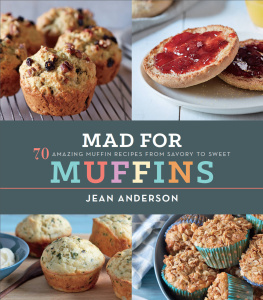To Pat Adrian
A darn good dinner companion, an even better friend
P icture this: a gathering of black-bedecked New Yorkers after work, sipping drinks, talking in murmurs. We walk in, exhausted from testing recipes, laden with cake boxes. Heads turn. From behind minuscule glasses, someone asks, Whatd you bring? We duck our headswas this really the right thing to bring to a techno-urban wasteland of the terminally hip?and say, We made muffins. Bingo. Everyone smiles. They grab the boxes, tear them open, laugh, enjoy themselves.
And not once, but over and over again this scenario played out as we were testing recipes. Why do muffins inspire such unbounded delight? Is it their taste? Their homeyness? Their simplicity? Whatever it is, its irresistible, even in Manhattan.
The story of muffins is something of a mystery. Nothing nefarious, of course, just murky. Most homespun treats (think here of brownies or gingerbread) have hard-to-discover origins; any lapse in their histories is prone to sheer guess.
Some food writers consider the American muffin to be the kissing cousin of the English muffin, that fork-separated, disk-like, yeast-raised bread popularized by Samuel B. Thomas, a Boston baker of British extraction. But heres the rub, the one those descriptors should automatically have given away: fork-separated, disk-like, and yeast-raised are the very things an American muffin isnt. We can safely say that the only thing English muffins and American muffins have in common is a name, muffin.
Many claim the word muffin is derived from muff, as in a little muff, or a small hand warmer. So people walked around clutching warm bread on winter days? Not likely. As Laura Mason points out in The Oxford Companion to Food, muffin is another culinary term borrowed from France, this time the archaic word moufflet, or soft, a reference to the irresistible texture of warm bread.
Admittedly, the first muffins baked in the New World were hardly irresistible. They were plain, even excessively so, varied only by the flour used: graham, wheat, rye, flax, or oat. But even such grim-faced, eat-your-prunes alterations indicated there was already variability in the recipes. As one deviation lead to another, its easy to see how we got to the stunning array of muffins available todayespecially since muffins are so easy to make.
An enduring American passion for doing things fast also contributes to their popularity. Muffins are quick breadsthat is, breads that rise thanks to a speedy chemical reaction, rather than through the far slower organic action of yeast. Most likely, weve all done that junior high chemistry experiment of mixing baking soda (an alkali, sometimes called a base) with vinegar (an acid) to create a bubbly volcano of carbon dioxide froth. If not, theres no time like the present. Pour 1/4 cup vinegar into a tall glass and place it in the sink. Stir in 1 teaspoon baking soda and watch it go. When those bubbles get to work in a quick bread batter, they dont fritter away into nothing. Theyre stabilized (or trapped) by the flours glutens. And voil, a fast and easy stand-in for yeast.
Despite our passion for speed, quick breads were not quick to catch on. They were an innovation of the late 1700s that took almost two centuries to bear fruit. Thats partly because baking soda was not the original leavener. That distinction goes to pearl ash (or potassium carbonate), a compound whose manufacturing process was patented by Samuel Hopkins on July 31, 1790. The making of pearl ash was a frugal venture, replete with Yankee ingenuity. It started with wood ashes, a household annoyance in colonial America. Hopkins took the ashes and soaked them in warm water in a one to ten ratio for twenty-four hours. The sediment was discarded; the resulting liquid was gray, viscous, and most likely carcinogenic. It was boiled down to produce an opaque, whitish residue, aka pearl ash, which produced that chemical froth of carbon dioxide when mixed with an acid and liquids (or acidic liquids, like soured milk, something housewives had in abundance before modern refrigeration).
Although a boon to bakers who could forgo the tedium of yeast, pearl ash never really caught on because it had the unfortunate side effect of creating soap when combined with fats like butter or lardnot exactly a taste sensation. But if not pearl ash, the thinking went, then surely something else would make bread fast, thanks to a similar chemical process.
The answer was found in nineteenth-century druggists pantries: sodium bicarbonate, now known as baking soda. This digestive aid could be used in the same way as pearl ashthat is, in the presence of an acid and a liquidbut with almost no soapy aftertaste. And it had homeopathic properties, to boot.
By the 1830s,American homemakers were heading off to their pharmacists for their baking needs. But why only use soured milk, which gives breads a certain whang. Why not use fresh milk? That would require acid in another form, a powdered form. And while were at it, why wait to put the alkali and acid together? If they need moisture to interact, why not put them together in a dry compound in advance?
American druggists were quick to sniff the winds of profitabilityand they were soon combining sodium bicarbonate with another low-grade acid found on their shelves: cream of tartar. This is the acidic residue scraped out of wine casks after production; it was used at the time for a variety of health complaints. The resulting compound of baking soda and cream of tartar could be kept dry with a little corn starch to absorb any excess moisture.
But what about cream of tartar? Isnt that associated with wine? Mustnt it be, in Victorian terms, wicked? Soever depressingly sothere arose a small industry of preachers and health reformers decrying 1) the lazy women who would want to forgo the rigors of yeast, and 2) their devilish helper in this indolence, this new-fangled leavener from wine.
In 1859, a fast-thinking Boston entrepreneur, Eben Norton Horsford, patented his answer: sodium bicarbonate and a different acid, calcium phosphate. He called his product Horsfords Cream of Tartar Substitute. The name proved unwieldyand unmarketableso he repackaged it as Rumford Baking Powder, named for the professorship Horsford held at Harvard, the Rumford Chair of the Application of Science to the Useful Arts, but also named as a kind of elixir, a powder, like the other ones created during antebellum America (headache powders and the like), powders that could get the job done quickly, almost magically.
Now home cooks were whipping up batters without a yeast worryexcept that the new baking powder worked too well. It reacted so quickly in the presence of liquids that any leavening was over by the time the batter hit the oven. So there was one final chapter in this story: in 1889, double-acting baking powder came along. A second acidic leavening agent was added to the mixture, an acid that reacted slowly in the presence of moisture, but quickly once heat was addedthus, double-acting: once with liquid, and again with heat.
And so you may think, with the quick-bread revolution under way, it was a short trip to the muffins cultural ascendancy, right?
Not so. Theres no mention of muffins in late nineteenth-century cookbooks. Theres not a single reference to muffins in any Boston Cooking School cookbook until 1923, eight years after Fanny Farmers death. And theres not one reference to muffins on American menus archived in the New York Public Library from the 1920s and 30s.
One problem may have been muffins homespun nature. Theyre hardly the stuff of Parisian or Swiss bakers, and certainly not the highbrow confections that were increasingly the staples of East and West coast enclaves during the Jazz Age of the twentieth century.
Next page
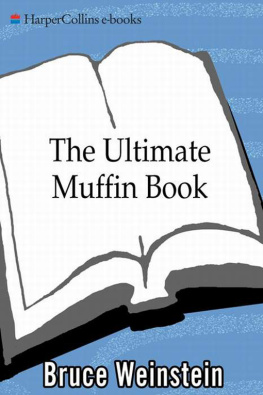
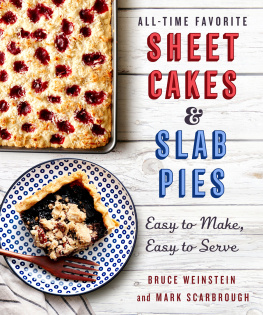
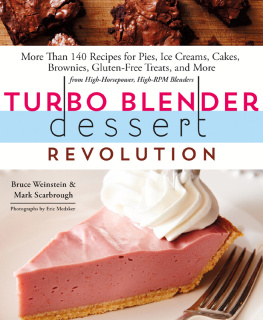
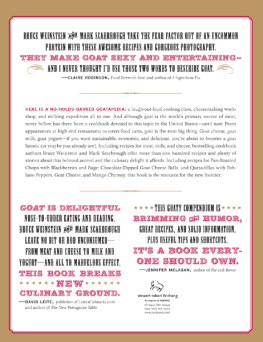
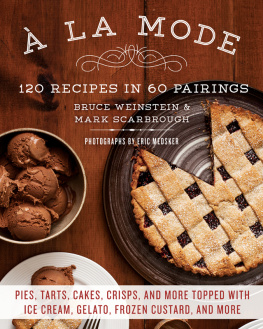
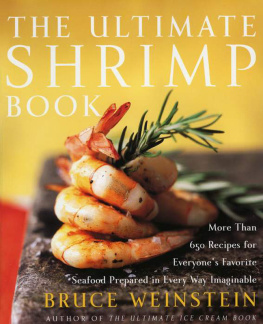
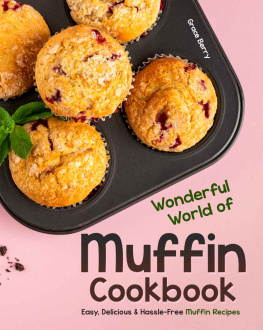
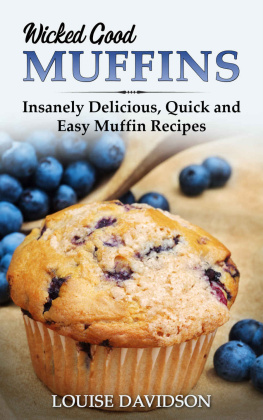
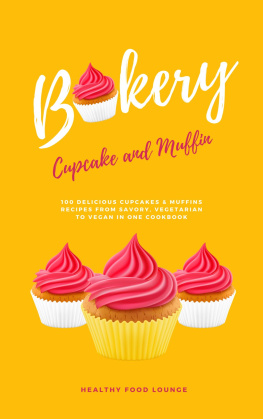
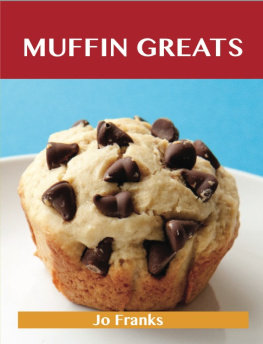
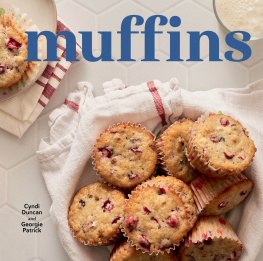

![Patrick Georgie - Muffins: [sweet & savory comfort food]](/uploads/posts/book/226088/thumbs/patrick-georgie-muffins-sweet-savory-comfort.jpg)
